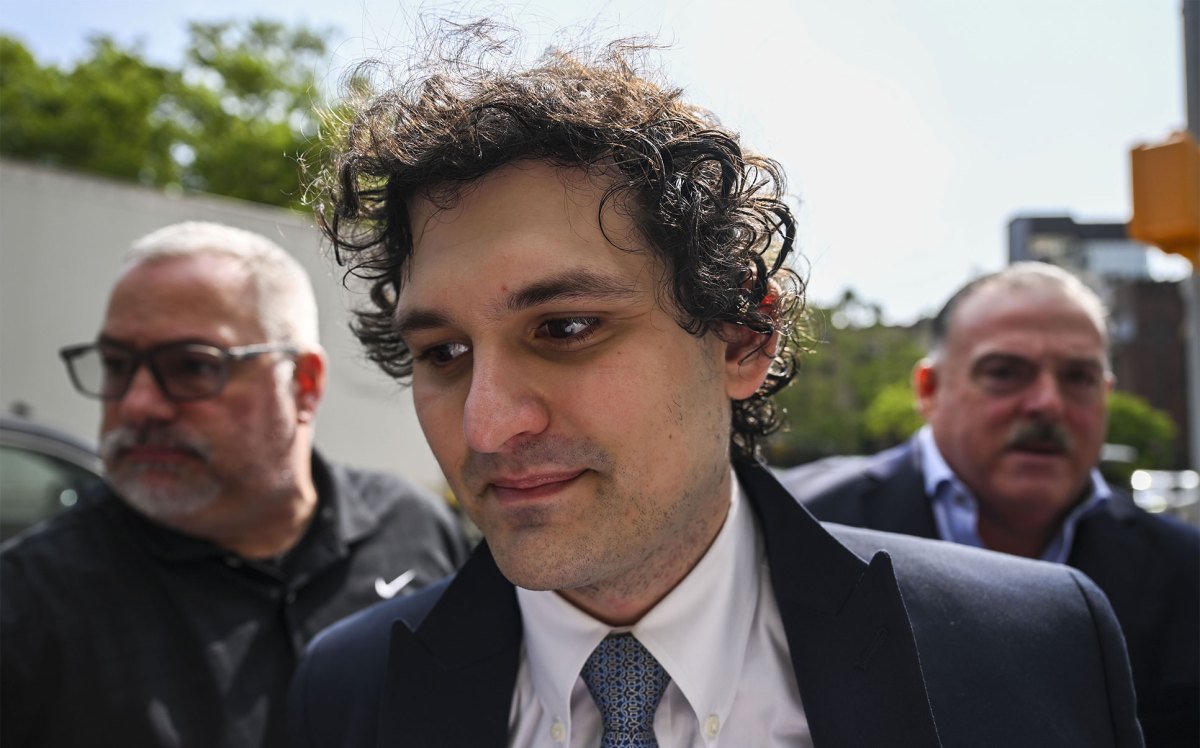Sam Bankman-Fried, the co-founder and former CEO of crypto exchange FTX and trading firm Alameda Research, received his sentence from Southern District of New York (SDNY) Judge Lewis Kaplan. The verdict: 25 years in prison. This comes after Bankman-Fried was found guilty on all seven counts related to fraud and money laundering during his five-week trial.
“When not lying, he was evasive, hair splitting, trying to get the prosecutors to rephrase questions for him,” Kaplan said on Thursday, according to Inner City Press. “I’ve been doing this job for close for 30 years. I’ve never seen a performance like that.”
His total possible sentence for the seven counts – two fraud charges and five conspiracy charges – was a maximum of 110 years.
In February, U.S. prosecutors from the Department of Justice called for a “necessary” 40 to 50-year sentence for Bankman-Fried, stating that the “sheer scale of [his] fraud calls for severe punishment.” Judge Kaplan, however, stated that this range “would be more than necessary.” In late February, Bankman-Fried’s lawyers requested a sentence of 63 to 78 months, citing his “caring for individuals,” “remorse,” and “low-level culpability.”
This decades-long sentencing is a result of Bankman-Fried’s trial, which delved into the collapse of FTX and its sister company, Alameda Research, in November 2022.
But this sentence not only impacts Bankman-Fried – it also sends a signal to the entire crypto industry. As Judge Kaplan must consider the “need for the sentence to afford adequate deterrence,” former federal prosecutor Josh Naftalis notes that this can serve as a warning to other white collar defendants and bad actors in the crypto space.
Mark Bini, a former federal and state prosecutor who now works with Reed Smith’s On Chain digital asset group, agrees. He believes this sentence will be a “real marker in the crypto arena” and could be a measuring stick for future cases involving crypto fraud.
It’s important to note that, in the federal system, there is no parole. However, defendants like Bankman-Fried can earn “good time” credit for good behavior while incarcerated, thanks to the First Step Act. This can result in a reduction of up to 15% of their initial sentence, according to Naftalis.
Bankman-Fried has been staying at the Metropolitan Detention Center in Brooklyn, NY since losing bail prior to his trial. Other well-known previous inmates of this correctional facility include Jeffery Epstein’s accomplice Ghislaine Maxwell and “pharma bro” Martin Shkreli.
Looking back on SBF and FTX
Before ending up in prison, Bankman-Fried was a prominent figure in the crypto world. He was seen with celebrities like Katy Perry and Tom Brady, and his company’s name was featured on major league baseball referees’ shirts and the Miami Heat arena. FTX was one of the top crypto exchanges by volume before its collapse, trailing only behind Coinbase and Binance.
In testimony, Bankman-Fried stated that FTX had millions of users and revenue that grew significantly from $10 million in 2019, to $20 million in 2020, and to $1 billion in 2021. Daily revenue in 2021 was $3 million.
However, Bankman-Fried’s popularity and trust in the crypto community quickly diminished after a faulty balance sheet from Alameda was exposed by crypto media publication CoinDesk in November 2022. This caused concern and disruptions within the industry. Within days, FTX filed for bankruptcy and Bankman-Fried stepped down from his role as CEO.
Upon further investigation leading up to the trial, it was discovered that Bankman-Fried and other executives had misused over $8 billion in customer funds. Bankman-Fried claimed that he did not defraud FTX customers or use their funds, but rather that Alameda “borrowed” the capital from the exchange.
Mark Cohen, Bankman-Fried’s lead attorney, argued that while his client made bad business judgments, the government exaggerated the situation and tried to paint him as a “villain” or “monster.” Despite these claims, the jury did not buy it and the prosecution argued strongly that Bankman-Fried was responsible for the loss of billions of dollars for thousands of FTX investors. Their case against him emphasized the wrongfulness of using customers’ funds without their knowledge or consent.
As a result, Bankman-Fried will be behind bars for quite some time.









[…] Thursday, former CEO of FTX, Sam Bankman-Fried, was sentenced to 25 years in prison after being found guilty on seven counts of wire fraud and […]